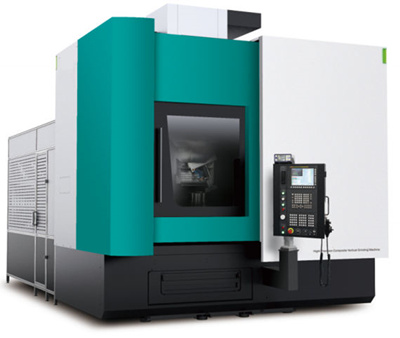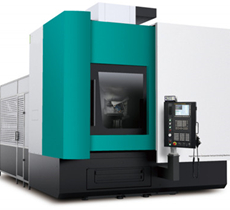Vertical grinding machine is a kind of machine tool equipment, which consists of table, power and transmission device, guideway base, transverse guideway and guide plate table, longitudinal guideway and guide plate, grinding tool and polishing wheel.

Brief introduction of Vertical Grinding Machines:
The table is vertical and connected to the power and transmission unit; the guide plate base stands opposite to the table, the transverse guide rails are assembled on the guide rail base, the transverse guide plate table is set on the transverse guide rails, the two longitudinal guide rails are fixed on the transverse guide plate table, and the abrasive and polishing wheel units are mounted on the longitudinal guide plates. The grinding and polishing wheel units are mounted on the longitudinal guide plates. The grinding and polishing wheels can be moved along the transverse and longitudinal directions at will by means of the control of the operator's console. The present invention eliminates the peripheral sagging caused by the horizontal placement of the horizontal grinder table, and reduces the resistance to movement, saving energy consumption. Grinding and polishing of the workpiece to be processed can be carried out on the same equipment, which is convenient for the operator to observe or check the state of grinding or polishing at any time.
Advantages of Vertical Grinding Machines::
Less deformation and better roundness
On a vertical grinder, the workpiece is mounted upright in the chuck. On horizontal grinders, the clamping force must ensure that the workpiece does not fall outside the chuck. Vertically clamped workpieces require only sufficient clamping force to resist the grinding forces. Gravity favors the grinding process rather than hindering it.
Since only a small clamping force is required to fix the workpiece on the vertical grinder, the workpiece is likely to be less deformed. This reduces the chances of roundness errors. Based on results obtained from standard test workpieces, a roundness error of less than ±1µ;m (less than ±0.000039 in) can be achieved with a vertical grinder.
.jpg)
Complete machining in a single setup
Vertical grinders can perform OD, ID and surface grinding. Depending on the shape of the workpiece, all three tasks can be performed in a single setup. When this is possible, errors caused by multiple chucking are avoided. The roundness between the ID and OD and the perpendicularity of the ID, OD and surface can be more accurately maintained. Because the workpiece and grinding spindle are vertical, there is practically no downward bending to contend with. The machine structure is inherently rigid.
Ergonomics
.jpg)
Vertical grinders are easier to load and unload. Manual loading and unloading eliminates the need to support the workpiece while starting the chuck. The operator simply mounts the workpiece downward into the chuck. Centering the workpiece also occurs more naturally because there is no uneven gravity when the jaws are closed.
Loading and unloading with cranes or manipulators may also be made easier because the workpieces in the chuck have the same stable positioning on a slewing car or transfer plate. For example, a disk-shaped part like a gear can be conveyed horizontally downward for pickup and installation. Similarly place it horizontally down in the chuck of the grinder.
Vertical grinders are also typically more compact than their horizontal equivalent. Vertical grinders take up more height space with less floor space. This leaves room for an automatic loader or manipulator alongside the machine, making automation a more attractive option.
Less dust
On a horizontal grinder, the sliding surfaces of the X and Z axes are lower than the point of grinding action. Vertical grinders place the guideways of these axes above the point of grinding action. Grinding dust does not fall onto these moving surfaces. This reduces wear and extends the life of the machine while maintaining its accuracy.


.jpg)
.jpg)




